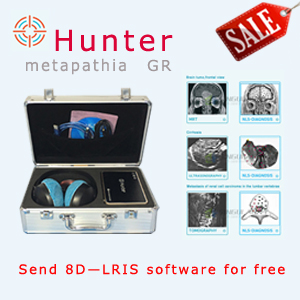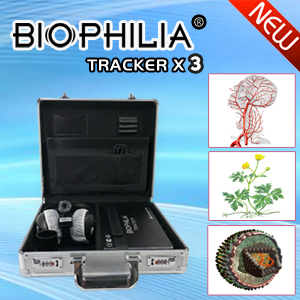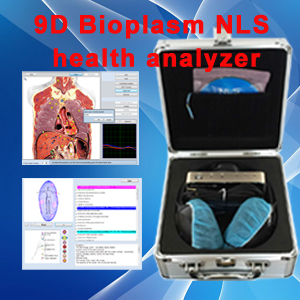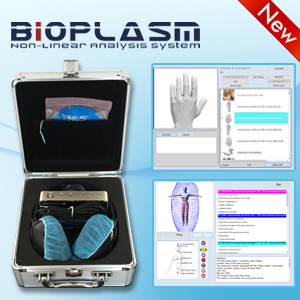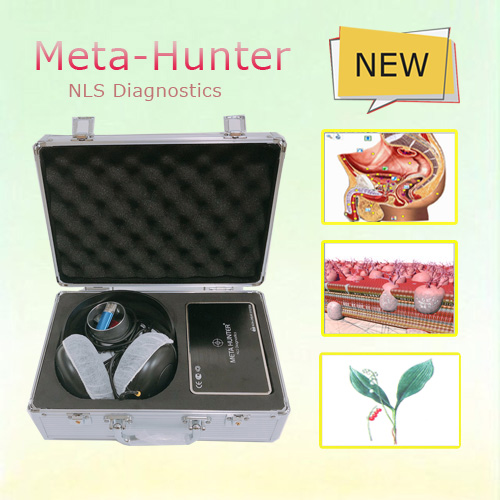Bioplasm NLS Spectral-entropy analysis
Tumor with an endophytic component in invasion area is most frequently achromogenic, sometimes it is isochromogenic. If the tumor grows endophytically it is most frequently isochromogenic in all parts. In our opinion the detection of low chromogenic (1 point according to Fleindler’s scale) areas in the tumor of urinary bladder is always indicative of infiltrating growth presence.
Tumor may be singular but tumors of urinary bladder most frequently have multifocal growth type up to total affection of the whole bladder. Detailed examination of all bladder walls is necessary because of this. Sizes, shape, chromogenecy and intensity of nodules invasion into the wall may be different in case of multifocal growth.
Major problems when performing Bioplasm NLS-research are faced when diagnosing the invasion into the submucous layer or when diagnosing the onset of invasion into the muscular layer. Spectral-entropy analysis often allows solving of such problems.
Tumors (especially endophytic ones) which affect major part of bladder wall may cause its sharp size reduction (microcystis). Small bladder capacity in such patients and also in patients who were surgically treated (often repeated due to repeated relapses) may complicate the detection of tumor’s invasion depth.
Urinary bladder tumors (more often multifocal) in combination with intravesical clots may be complicated for interpretation. Intravesical clots accompanied by macrohaematuria sometimes fill the whole bladder cavity. In these cases it is always possible to differentiate the tissue of the tumor nodule from clots using spectral-entropy analysis.
This article is provide from [Bioplasm nls],please indicate the source address reprinted:http://www.bioplasm-nls.com/nls_knowledge/Bioplasm_NLS_Spectral_entropy_analysis.html


